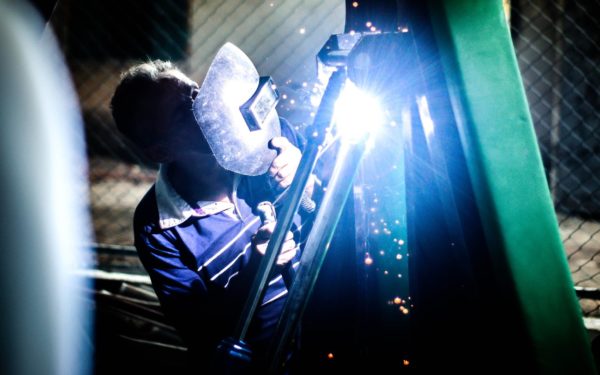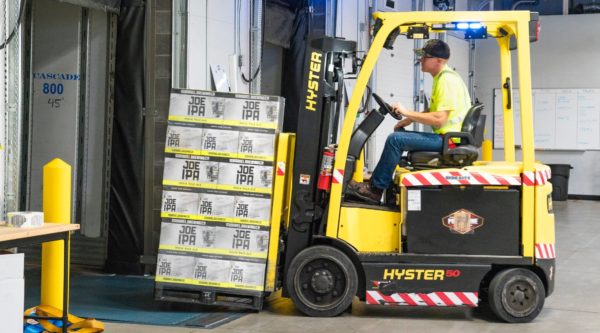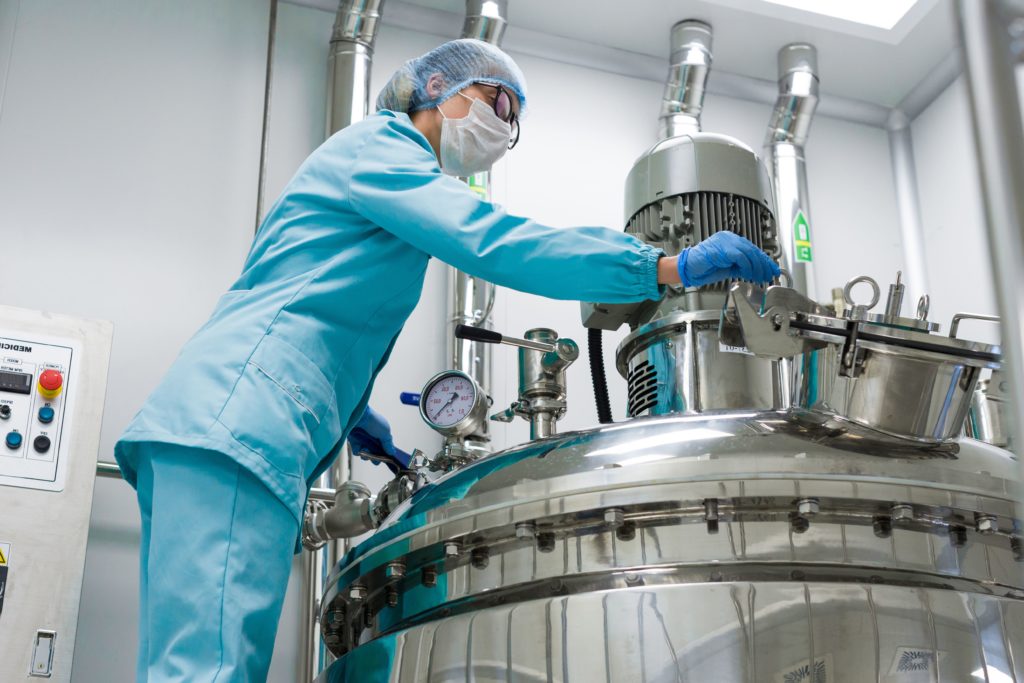Machine maintenance is the work that keeps mechanical assets running with minimal downtime. Regardless of size, all food handling or distribution centers need comprehensive plans that account for predictive, prescriptive, and condition-based maintenance. This way, they will be ready for any problems – or stop them before they can affect the facility at all.
A lack of a routine maintenance plan actively puts food at risk. Here are three ways that machine maintenance prevents food safety emergencies, protecting both the public and your employees.
Regular Machine Maintenance Keeps Food Safe
 Failing to maintain equipment leads directly to outbreaks of foodborne illnesses, even under otherwise pristine conditions. Historically, poor maintenance has been one of the biggest causes of food contamination. For example, when a part would go unlubricated, it could scrape against another piece as the machine ran, resulting in metal shavings falling into the product.
Failing to maintain equipment leads directly to outbreaks of foodborne illnesses, even under otherwise pristine conditions. Historically, poor maintenance has been one of the biggest causes of food contamination. For example, when a part would go unlubricated, it could scrape against another piece as the machine ran, resulting in metal shavings falling into the product.
Now, most food processing and handling facilities have specialized monitoring equipment in case of such issues in other parts of the plant. However, poorly maintained equipment is still more likely to break down during manufacturing, which affects the food’s integrity. Regular maintenance will spot the parts that need replacing and prevent unnecessary stoppages from occurring mid-production.
Adhering to a regular maintenance routine helps employees and managers keep an eye on the performance of the whole facility. It helps when a root cause analysis is necessary when something goes wrong and gives the team maintenance records for third-party auditors.
A Well-Maintained Machine Is A Well-Calibrated Machine
Machinery maintenance can include calibration, which is essential for the safety of food products at every stage. Calibration ensures that the equipment used to monitor the physical, chemical, and biological hazards works accurately and consistently to prevent the potential for foodborne outbreaks.
It helps to maintain stringent records, regardless of how well the machinery is performing. Accurate data about the performance of your equipment gives you more choice over your maintenance strategy, leading to better, more reliable performance out of your machinery. Discrepancies in the data are good ways of figuring out when something is amiss.
Maintenance Keeps Workers Safe
 A benefit of machine maintenance is worker safety. While workers must have adequate personal protective equipment and training on using machinery correctly, none of that matters if the guards and barriers don’t work. Maintaining the machines ensures that all safeguards work properly, catching any damaged parts and exposed wiring on electrical equipment and power cords.
A benefit of machine maintenance is worker safety. While workers must have adequate personal protective equipment and training on using machinery correctly, none of that matters if the guards and barriers don’t work. Maintaining the machines ensures that all safeguards work properly, catching any damaged parts and exposed wiring on electrical equipment and power cords.
Accidents can bring handling and processing to a sudden halt, creating costly situations where teams must dispose of ingredients and products for the sake of public safety. When coupled with regular workplace safety training that teaches them about the machinery, though, maintenance can be an incredibly effective tool for stopping on-the-job risks to your employees. A well-maintained machine is a safe machine, and a safe work environment for workers is a better environment for food products!
A good machine maintenance program will positively affect all employees in your facility and every product that leaves it. From simple tasks like lubrication to more specialized work like calibration, machinery can work harder and for more years to keep a food plant running smoothly. Develop a strategy that uses several kinds of maintenance to keep every asset working its best and prevent food safety emergencies!
